The South Carolina Department of Health and Environmental Control (DHEC) samples and tests waters at 120 locations along South Carolina’s coast. If high numbers for bacteria are found, a short-term swim advisory is issued for that portion of the beach. In June 2019, an information session was held for hospitality partners at the Myrtle Beach Area Chamber of Commerce that provided an overview of the Beach Monitoring Program, including answers to the following questions.
How does DHEC ensure that the water is safe for swimming?
What does a short-term swim advisory mean?
How long do short-term advisories last?
What do my customers need to know about these short-term swim advisories?
The discussion will be led by DHEC but also featured input from our coastal municipalities that are key partners in ensuring that our residents and visitors have the most accurate information.
Following is a video of the session.
Know the Facts
All Myrtle Beach area beaches are open.
Water quality for beaches throughout the entire Myrtle Beach area is very good.
Water quality testing occurs twice a week during the summer in the Myrtle Beach area and results are posted on SCDHEC’s Beach Access page. Other areas of the S.C. coast only test twice per month.
Rainstorms create runoff and can temporarily increase the bacteria count in the water.
If testing is done immediately after a rainfall, bacteria levels can be temporarily elevated.
Within 24 to 72 hours, the water quality levels for our beaches return to their normal levels (and well within state guidelines).
Long-term advisories are put in place to encourage people not to swim within 200 feet of tested swash/stormwater outfall areas during times immediately following rainstorms. This has been standard practice for many years.
There are 60 miles of beach in the area, so it is easy to avoid 400-foot areas that may be under an advisory.
SC DHEC will occasionally issue a temporary swimming advisory near a specific swash/stormwater outfall location when bacteria levels are elevated after rainstorms and then lift it the next day or so when bacteria levels decrease. See press releases on www.scdhec.gov.
Following are additional resources:


